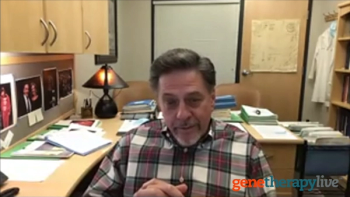
Directors from the Moran Eye Center discussed their research on the genetics of age-related macular degeneration.

Directors from the Moran Eye Center discussed their research on the genetics of age-related macular degeneration.

A new animal model will facilitate the study and development of gene therapies in retinal diseases.

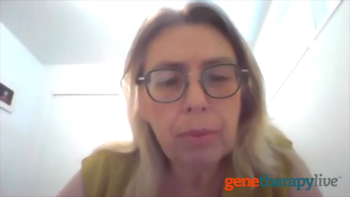
Magali Taiel, MD, chief medical officer, GenSight Biologics, discussed future research the company plans to pursue.

An international panel of experts discussed needs and challenges in the field.

Mariya Moosajee, MBBS, BSc, PhD, FRCOphth, discussed the next generation of gene therapy for inherited retinal diseases.
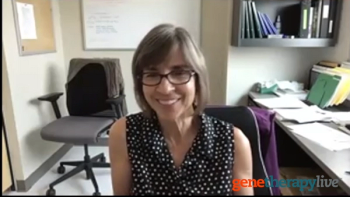
The research director at the Moran Eye Center discussed the genetics of developing age-related macular degeneration.
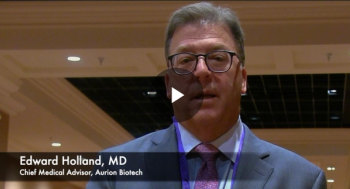
Edward Holland, MD, chief medical advisor, discussed an injectable technique where one cornea donor could potentially supply hundreds of patients with treatment for endothelial disease.

Targeted CRISPR therapy has potential in treating inherited retinal diseases.

Magali Taiel, MD, chief medical officer, GenSight Biologics, discussed the company’s work in ophthalmic diseases.

The executive director of the Steele Center for Translational Medicine at the Moran Eye Center discussed the research his team has been conducting in AMD.

Parexel cell and gene therapy director Izaskun Elorza, MD, shares key factors for industry to consider as this emerging field becomes more prominent.
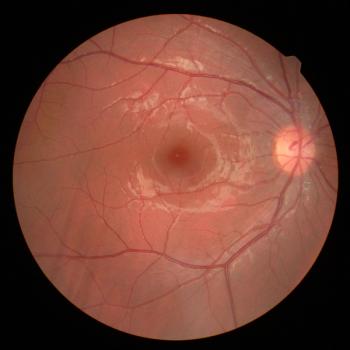
Despite setbacks in DME, Adverum Biotechnologies said it will continue to develop ADVM-022 for wet AMD.

Clinical trials for both AGTC-401 and AGTC-402 show promising results.
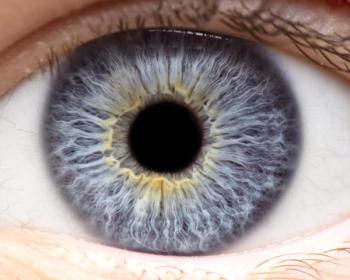
Short-term morphological rescue was seen after voretigene neparvovec-rzyl treatment.

Abeona Therapeutics is seeking a path towards BLA filing based on the promising clinical data.

NT-501 previously received orphan drug and fast track status from the FDA and Neurotech will pursue approval in late 2022.

Investigators found that reactivating the CaMKII enzyme could protect against further vision loss.
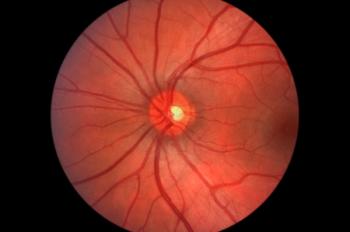
MCO-010 is designed to deliver multi-characteristic opsin to retinal cells.
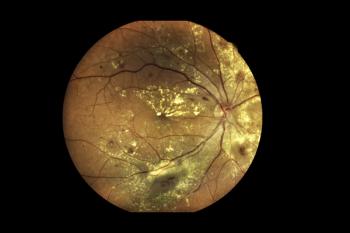
Three patients continue to show improvements in BCVA 3 years post-treatment.

With advancements happening at unprecedented rates, these are the cell and gene therapy companies and pipelines we’re keeping a close eye on.

Investigators found that bilaterally treated participants experienced greater improvements in BCVA than unilaterally treated participants.

The OPTIC phase 1 study showed that the treatment was associated with a significant reduction in treatment burden after 1 injection.

The announcement follows positive results from the phase 1/2a trial of MCO-010 for RP.
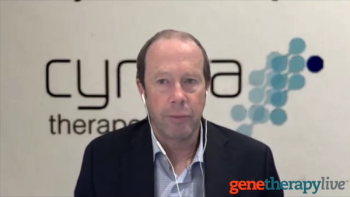
Cynata Therapeutics' Ross Macdonald, PhD, discusses the company's pipeline and clinical-phase trials.